Diamant zucchini is a common variety in our country, originally from Germany. This zucchini has become so popular due to its tolerance to waterlogging and insufficient soil moisture, and excellent commercial characteristics.
Description of culture
The Diamant variety is a high-yielding variety, since one bush can produce up to 20 zucchini per season. It is a semi-climbing bush with many strong leaves of a dark green color. The leaves of Diamant are not distinguished by pronounced spotting, but they have strong dissections on the sides.
The crop bears fruit 40 days after the first shoots. Diamant zucchini is distinguished by its cylindrical shape and length up to 22 cm. One mature zucchini weighs approximately 1 kg. The color of the ripe fruit is dark green with frequent stripes and spots along the entire length, the skin is thin. Beneath it is strong white pulp with elliptical beige seeds inside. The diamond tolerates transportation well and is well stored.
Young zucchini can be eaten raw; more mature ones require heat treatment in the form of stewing or frying.
Growing the variety
Before planting, Diamond zucchini seeds must be kept in a damp cloth, where they will open slightly and show green sprouts.
Diamond is sown in open ground in May - early June in rows according to the following sowing pattern: 70*70. The depth of planting zucchini seeds in the soil is about 6 cm.Before immersing the seeds in the hole, its bottom must be spilled with warm water.
It is not necessary to sow zucchini directly in open ground; you can prepare seedlings in advance; this is done in early April. And then, within 25 days, it is planted in the garden. The only thing is to ensure that the soil temperature does not drop below 15 degrees during planting and after planting. The best place for planting Diamant zucchini will be a bed where early vegetables - carrots, potatoes or other root vegetables - previously bore fruit.
After planting, the bed is covered with a single-layer film. You can use black film. It will accumulate solar heat, due to this the zucchini will sprout earlier.
After the zucchini sprouts have sprouted, you need to make holes in the film and release them into the wild. We check each bush and leave in one hole only the one that has better characteristics and is stronger in appearance.
In order for the plant to produce a high and high-quality harvest of zucchini, it must be watered in a timely manner throughout the entire growth period, weeded in a timely manner, loosened the soil in the garden bed and fed with mineral fertilizers. The crop is very demanding that the soil be fertile, but there is no need to feed it with fertilizers that contain chlorine.
After the first fruits have appeared, they need to be removed in time. Zucchini Diamant F1 likes regular harvesting approximately 1 - 2 times a week. This allows new zucchini to set.If zucchini is intended to be stored unprocessed, then you need to leave it in the garden until it is completely ripe, and then remove it before the onset of cold weather.
Storage is carried out in a dark place. Diamant zucchini is folded in one layer without packaging. The optimal storage temperature is +5 - +10 degrees, maximum temperature is +18 degrees. Young zucchini can be stored in the refrigerator in plastic bags for a week, or can also be frozen.
Reviews from gardeners
Zucchini of this variety have already collected many admiring reviews from gardeners. Here are just some of them:
Some tips for growing quality zucchini can be seen in the video:
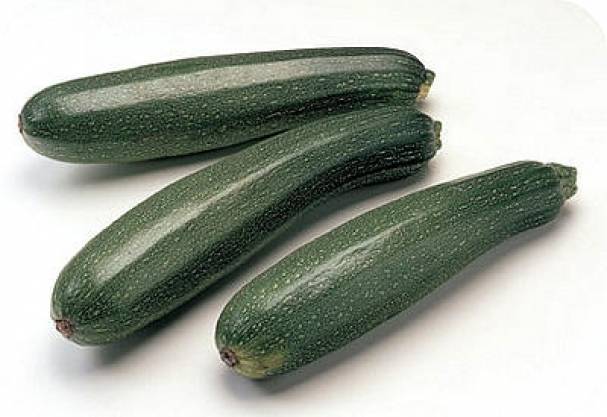
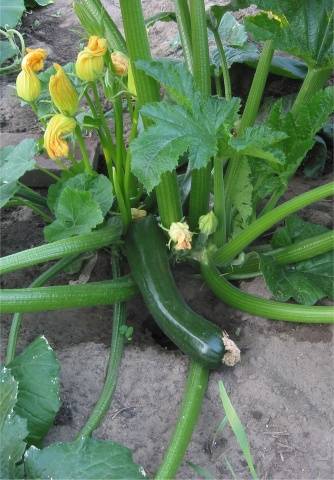




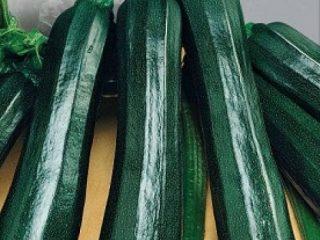



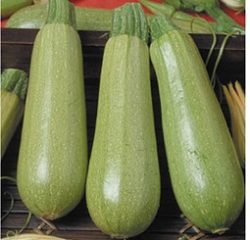
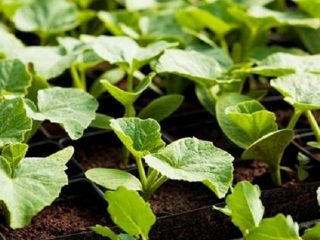

Instead of zucchini, the diamond variety, f1, half of the zucchini came out white, something like this